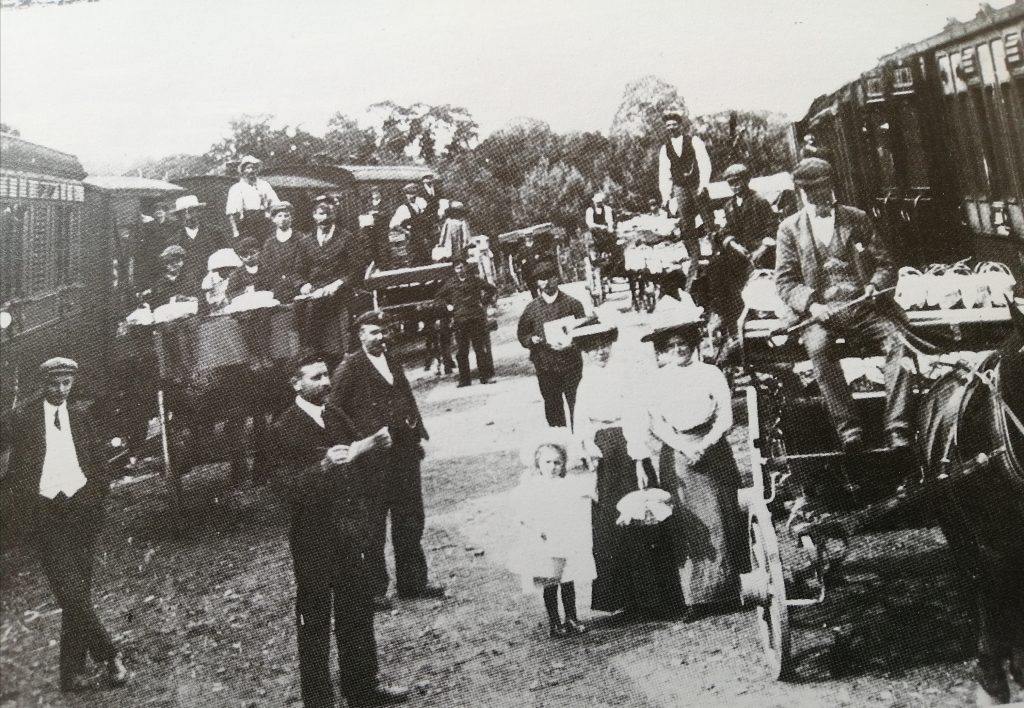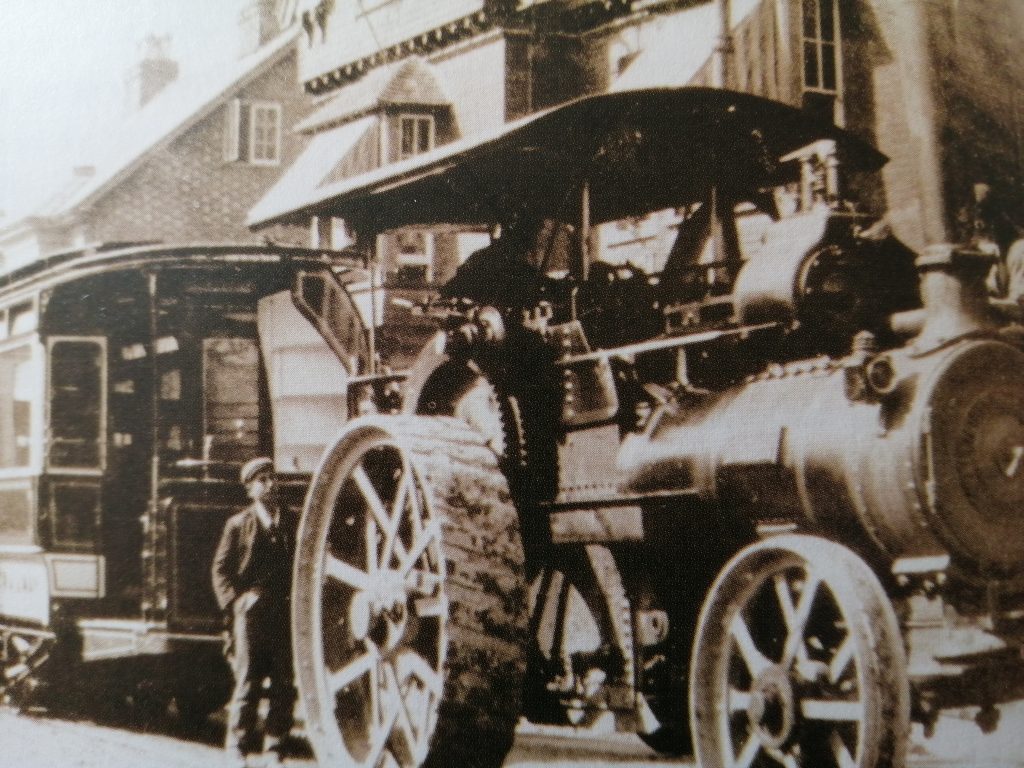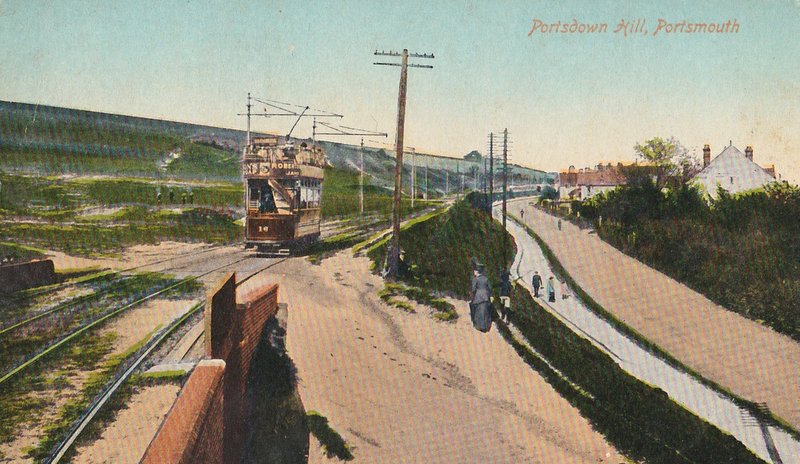Edwardian Period in Hampshire's History
In the late C19th the British economy began to decline. The boom time when British goods and expertise monopolized world trade, was over. Competition from other countries began to bite and with the decline in trade came hardship for the population.
Agriculture practices had changed. Foreign grain was cheaper and in Hampshire farmers felt the pressure as much as anywhere in the UK. Railways and refrigeration meant goods could be transported all over the globe. The internal combustion engine began to impact the county. As cars took the place of horses, carts and carriages there was an obvious strain on our road system.
The changes in agriculture forced Hampshire people away from their villages and into more urban areas. The census 1891, 1901 and 1911 show this movement and names particular to a certain village turn up in the towns as family groups moved for work.

In 1901 census Rural workers in East Meon have moved to Petersfield for work. The Dennis family moved out of East Meon completely in the period.
As rural populations fell so the coastal towns such as Portsmouth and Southampton grew. There was development along the coastal fringe and towns such as Basingstoke, Aldershot and Farnham expanded. New housing had to be built which in turn gave a boost to local brickworks such as those at Bursledon. Sadly though much of the housing was sub standard without adequate water or sanitation. As the populations in these areas grew so did the need for more churches and schools and so we see an increase in the building of these community structures.
But it is perhaps the expansion of the railways that really changed the face of Hampshire in the Edwardian period. The railways connected the coastal resort of Southsea with London. Eastleigh grew into a town when the London and South Western Railway Company set up it's carriage and wagon works there.

The strawberry crop around Swanwick created a huge market and the train would collect the crop and deliver it to the London markets.
Smaller towns such as Horndean and Waterlooville were connected by new tramways and the populations grew whilst other villages diminished in size as the railways passed them by.
If you have any pictures or stories you would like to share about Edwardian Hampshire History then please get in contact with us. You may have an article you would like to see published, if so send it to us and we would be delighted to help you. The more we can share the richer we all become.


